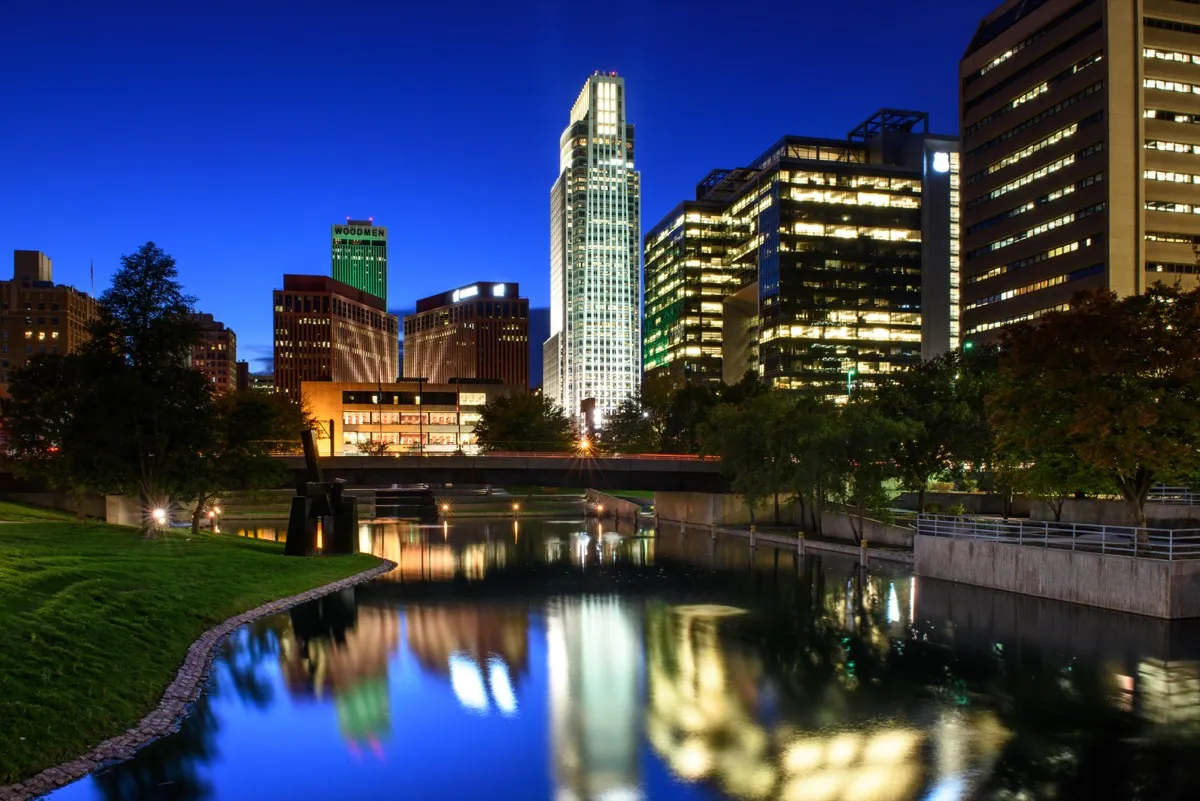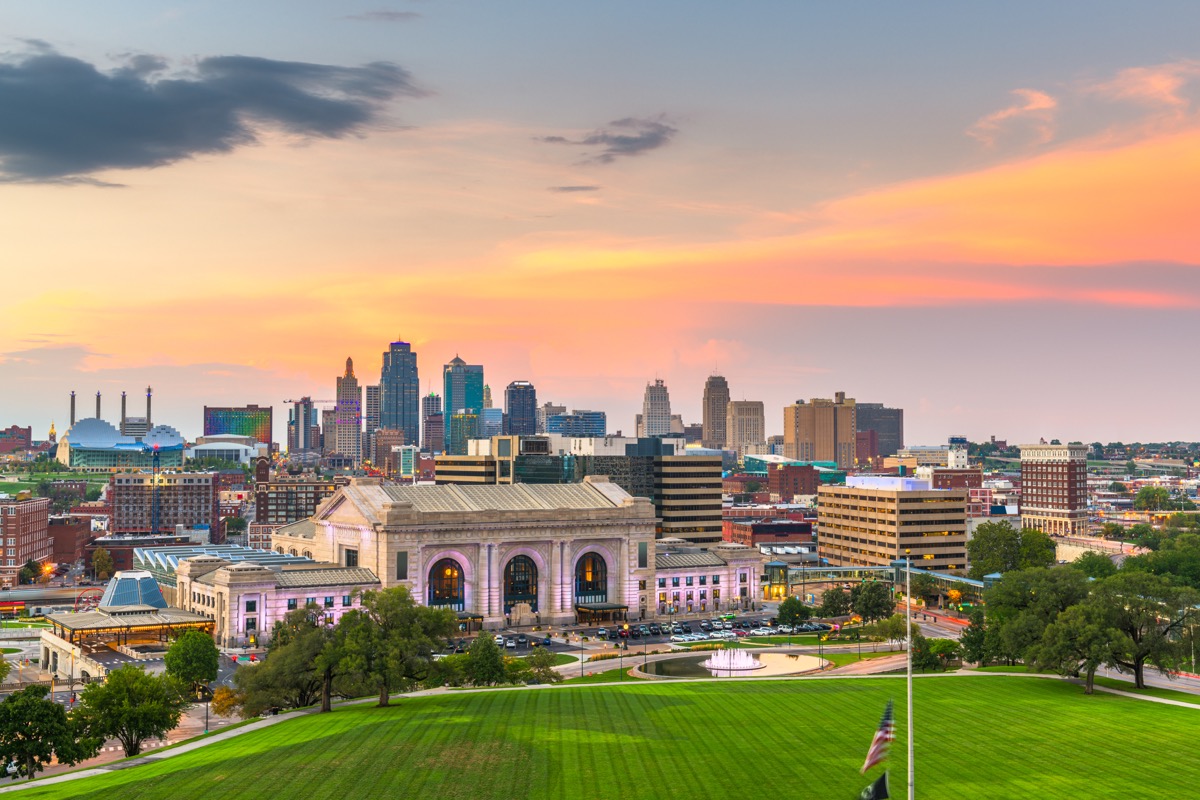According to the Center for Public Integrity, during a phone call on Aug. 5, Birx warned nine cities about their high positivity rate and urged local leaders to maintain the proper health protocols in their territory to avoid a significant surge. Birx reportedly feels these nine cities need to “get on top of it.” And for more professional insight into how the U.S. is containing the crisis, Here’s What Dr. Fauci Has to Say About These 11 States’ Handling of COVID. Governor Brian Kemp and Atlanta mayor Keisha Lance Bottoms have been at odds about how to handle the COVID-19 pandemic since the beginning. Kemp even filed a lawsuit against Bottoms in an effort to block the mask requirement she tried to put in place in Atlanta, according to The New York Times. The result of the disagreement is mixed messaging on what kind of safety measures are expected of citizens to help prevent the spread of the virus. During Birx’s call, she noted that she was particularly concerned about the current situations in Atlanta and Baltimore, saying they both “remain at a very high level,” according to the Center for Public Integrity. And for more places to keep an eye on, These Two States Are Becoming the Worst COVID Hotspots in the U.S. As one of the two cities Birx is most concerned about, Baltimore’s uptick in cases is especially noteworthy. According to Johns Hopkins University, the World Health Organization (WHO) advised governments that rates of positivity should be 5 percent or lower for at least two weeks before reopening. Per the Baltimore Sun, Baltimore City is one of five counties in Maryland that has a positivity rate higher than 5 percent. Even as cases remain high, Mayor Bernard Young recently announced that starting Aug. 7, indoor dining will reopen at 25 percent capacity, disregarding Birx’s warning, according to the Daily Record. The county in which Chicago sits—Cook County—has the fourth-highest number of cases of all the U.S. counties, according to Johns Hopkins Data. The city seems to be responding quickly to rise in cases. Mayor Lori Lightfoot recently announced that Chicago public schools will begin the year remotely, according to ABC. Lightfoot went back on the state’s previous plan to use a hybrid model for the fall, saying, “When we announced the potential for a hybrid model, some weeks ago, we were in a very different place in the arc of the pandemic.” Although Birx expressed her concern about a slight uptick of cases in Boston, the city’s positivity rate remains relatively low at 2.16 percent over the past two weeks, according to state data. Governor Charlie Baker said at a press conference that he is prepared to roll back reopening plans if the uptick in case positivity continues. “We’ll be forced to update our plans if the data warrants it. That could mean gathering sizes could be reduced, or we could make some of our business regulations more strict,” Baker said at a press conference, as reported by Boston.com. “Reopening and staying open is obviously a big part of the goal, but obviously we can’t do that if we don’t have everybody’s help to continue to move forward.” And for more up-to-date information, sign up for our daily newsletter. According to Click On Detroit, Joneigh Khaldun, MD, of the Michigan Department of Health and Human Services, reported a plateau of cases in the state of Michigan at large. However, Khaldun said the Detroit region is still reporting over 40 cases per million people per day. And for more on the state’s attempt to stop the spread, Michigan Just Issued a Surprising New Order to Curb Spiking COVID Cases. Although Nebraska has kept their coronavirus case numbers relatively low, the state has seen a consistent rise in cases since the beginning of July. According to Omaha.com, Omaha is the last of the country’s largest cities without a mask mandate. The city was about to implement a law requiring masks, but Governor Pete Ricketts threatened to file a lawsuit if the city attempted to put a mask mandate into action, causing officials to back down.ae0fcc31ae342fd3a1346ebb1f342fcb According to The Oregonian, the Oregon Health Authority reports that the state’s positivity rate is 6.1 percent, which is one of the highest rates since early in the pandemic. Multnomah County—which includes Portland—has almost double the cases of any other county in the state, with 4,608 reported cases, according to The New York Times data. Per KOIN, Governor Kate Brown recently said that another stay-at-home order remains an option for the state. “All options are on the table and if the infection rate continues to increase, I’ll need to take more severe actions—which nobody wants,” Brown told KOIN. An Oregon mandate says that in order for schools to reopen, there can be only 10 coronavirus cases per 100,000 residents or less. Currently, KOIN reports that the county is seeing about 72 cases per 100,000 residents, making the goal of returning to school this fall unlikely. The recent uptick in COVID-19 cases in Kansas City is significant. According to city data, Kansas City set a weekly high during the week of July 26, reporting 535 new cases, which is almost 400 more weekly cases than the city saw at the peak of the pandemic in the spring. Additionally, per KCTV, hospital administrators report that the volume of COVID-19 patients in need of inpatient care in July greatly outpaced previous months. COVID-19 cases saw a slight increase in Washington, D.C., at the beginning of July, according to The New York Times data. Although the number of cases appears to be going back down, or at least plateauing, Birx felt the city’s numbers were concerning enough to warrant a warning. And for tips on how to stay safe during the pandemic, Dr. Fauci Wants You to Avoid Doing These 9 Things Right Now.








